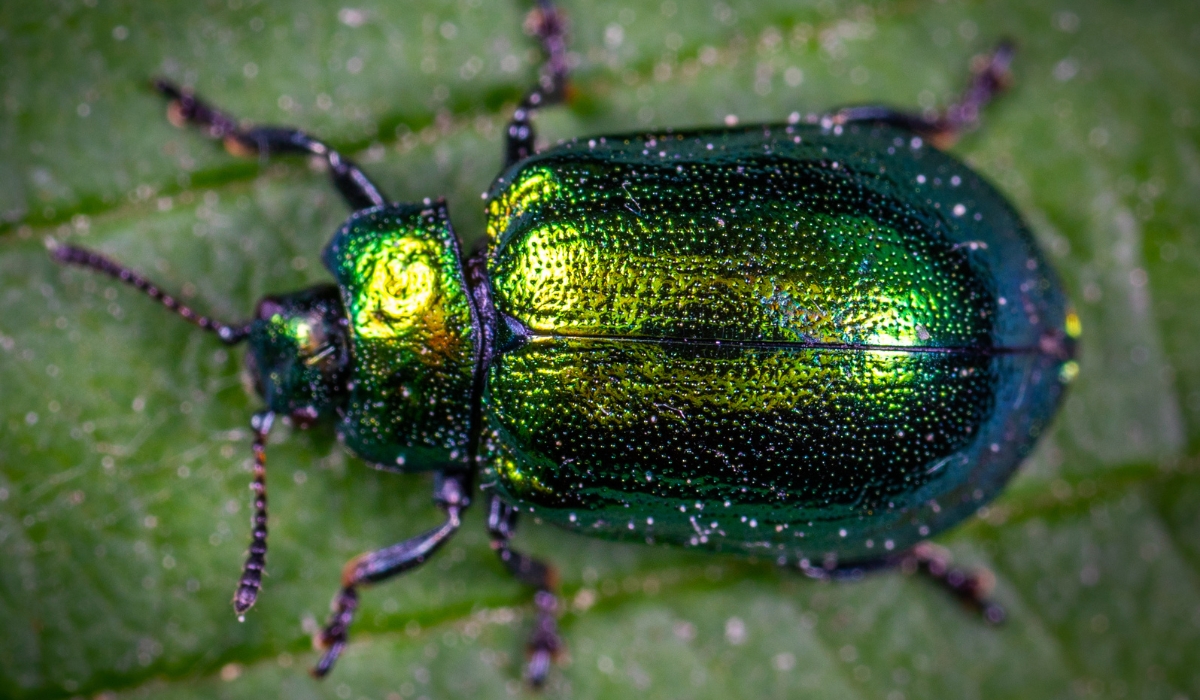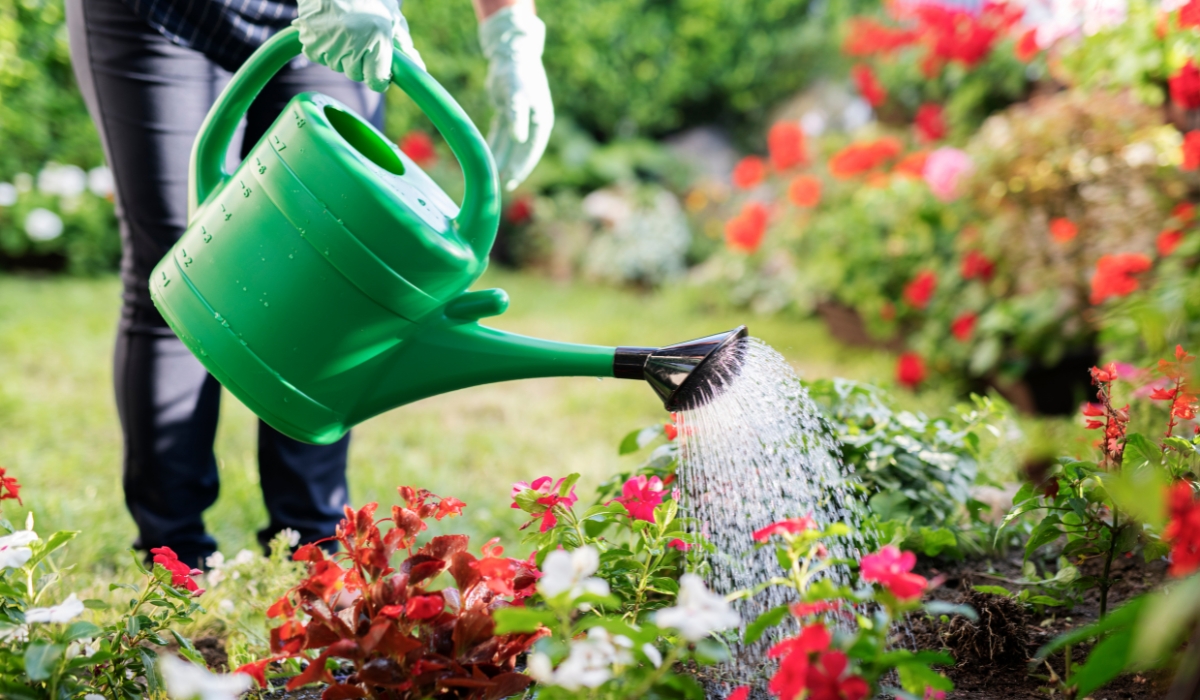Posts Tagged May gardening
Pest Patrol: Organic Solutions for a Healthy May Garden

As May unfolds in California, bringing warmer weather and lush growth, it also signals the emergence of a familiar cast of characters: garden pests. Before you reach for harsh chemical sprays, consider the power of organic solutions! At DK Landscaping, we believe in nurturing a healthy ecosystem in your garden, which naturally deters pests without harming beneficial insects, pets, or your family. Here’s your guide to organic pest patrol this May.
Know Your Enemy: Identification is Key
Effective organic pest control starts with identifying the culprit. Are you seeing tiny, pear-shaped insects clustered on new growth (aphids)? Silvery trails on leaves (snails/slugs)? Chewed leaves with distinct holes (caterpillars or earwigs)? Or perhaps fine webbing on the undersides of leaves (spider mites)? A quick online search or a visit to your local nursery can help you pinpoint the pest and understand its lifecycle.
Prevention is the Best Defense
A strong, healthy plant is more resilient to pest attacks.
- Healthy Soil: Amend your soil with compost to foster robust plant growth.
- Right Plant, Right Place: Ensure plants are suited to your climate and sun exposure. Stressed plants are more susceptible to pests.
- Good Air Circulation: Prune overcrowded plants to improve airflow, discouraging fungal issues that can weaken plants and make them pest-prone.
- Attract Beneficials: Plant flowers like dill, fennel, yarrow, and cosmos to attract ladybugs, lacewings, and parasitic wasps, which are natural predators of many common pests.
- Regular Scouting: Inspect your plants frequently, especially new growth and the undersides of leaves. Early detection makes treatment much easier.
Targeted Organic Treatments
Once identified, here are some gentle, yet effective, organic treatment methods:
- Hand-Picking: For larger pests like snails, slugs, or caterpillars, simply hand-pick them off your plants and drop them into a bucket of soapy water. Do this in the early morning or evening when they are most active.
- Strong Water Spray: A forceful spray of water can dislodge aphids, spider mites, and whiteflies from plant foliage. Repeat every few days until the population is controlled.
- Insecticidal Soap: For soft-bodied insects like aphids, mealybugs, and spider mites, insecticidal soap is a great option. It works by disrupting their cell membranes. Ensure thorough coverage, especially on the undersides of leaves. Always follow product instructions carefully.
- Neem Oil: Derived from the neem tree, this natural insecticide acts as an anti-feedant and growth disruptor for a wide range of pests. It’s effective against aphids, spider mites, whiteflies, and more. Apply as directed, typically in the cooler parts of the day.
- Diatomaceous Earth (DE): For crawling insects like slugs, snails, and earwigs, a barrier of food-grade DE around plants can be effective. It works by abrading their exoskeletons, causing dehydration. Apply when dry and reapply after rain.
By adopting these organic pest patrol strategies, you’re not just tackling immediate problems; you’re cultivating a resilient, vibrant garden that works in harmony with nature. For expert advice on maintaining a healthy, pest-free landscape, contact DK Landscaping – we’re dedicated to sustainable beauty.
Beat the Heat: Smart Watering Strategies for Your May Landscape

As May arrives in California, so do the steadily rising temperatures. While we all love the sunshine, our gardens start to feel the heat, making smart watering more crucial than ever. At DK Landscaping, we’re committed to helping you maintain a healthy, vibrant landscape while conserving our precious water resources. Here’s how to water smarter, not harder, this May.
The Golden Rule: Water Deeply and Infrequently
Instead of frequent, shallow watering, train your plants to develop deep root systems by watering deeply but less often. This encourages roots to reach further down for moisture, making your plants more resilient to drought and heat stress. For most established trees and shrubs, aim for once a week, or even less for drought-tolerant natives, ensuring the water penetrates at least 18 inches into the soil.
Precision Matters: Embrace Drip Irrigation
If you haven’t already, consider installing or expanding your drip irrigation system. Unlike traditional sprinklers that lose a significant amount of water to evaporation and runoff, drip irrigation delivers water directly to the plant’s root zone, minimizing waste. This targeted approach can improve water use efficiency by 20-50%, fostering healthier plants with deeper root systems. For optimal results, ensure multiple emitters are placed around larger plants to encourage a wider root spread, rather than a single point source.
The Best Time to Water: Timing is Everything
When the sun is high and winds are strong, evaporation rates soar. The best time to water your California landscape in May is in the early morning, ideally between sunset and sunrise, or before 9:00 AM. This allows the water to soak into the soil before the heat of the day causes it to evaporate, and minimizes the risk of fungal issues that can arise from wet foliage overnight in humid conditions. Watering during the middle of the day can lead to a 30% increase in water required due to evaporation.
Harnessing Technology: Smart Controllers
Take the guesswork out of watering with a smart irrigation controller. These innovative devices use local weather data (like temperature, humidity, and rainfall) or even soil moisture sensors to automatically adjust your watering schedule. This means your system will only water when your plants truly need it, preventing overwatering and significant water waste. Many smart controllers are also eligible for local rebates, making them a wise investment for both your wallet and the environment.
Beyond Irrigation: Supplementary Tips
- Mulch, Mulch, Mulch: A 2-3 inch layer of organic mulch around your plants significantly reduces soil moisture evaporation and suppresses weeds that compete for water.
- Group Similar Needs: Place plants with similar water requirements together in “hydrozones” to optimize your irrigation schedule.
- Check for Leaks: Regularly inspect your irrigation system for any leaks or broken sprinkler heads. Even a small leak can waste hundreds of gallons of water.
- Prioritize: If water restrictions are in place, prioritize watering valuable trees and shrubs over annuals or lawns, as they are more difficult and costly to replace.
By implementing these smart watering strategies this May, you’ll not only keep your California landscape looking its best but also contribute to vital water conservation efforts. For personalized advice and professional irrigation solutions, don’t hesitate to reach out to DK Landscaping – we’re here to help your garden flourish responsibly.





